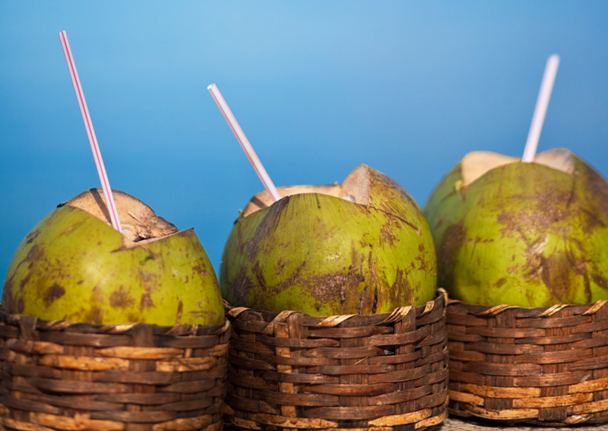Beyond a few dishes and drinks, Brazilian food is "off the radar" and "the least known major South American cuisine" in the U.S., to quote two of the dozen-plus restaurant critics interviewed for Brazil: Ready for Its Culinary Close-Up. We explore the reasons why Brazil's cuisine has been a well-kept secret, and why classics such as the national dish, feijoada—a meaty, rich elevation of rice and beans—wait in the wings while all-you-can-eat meat gets all the glory in the few Stateside Brazilian restaurants.
In a comprehensive guide to Brazil's regional cuisine, Gourmet Live's Carolina Santos-Neves, who is of Brazilian descent herself, introduces the must-eat dishes in Brazil's five main regions, including bonbons made from the superfruit cupuaçu; the falafel-like acarajé, made with black-eyed peas; fried cod croquettes; and a rich shrimp moqueca thick with manioc and coconut milk.
Advance your knowledge with our Amazonian food glossary, a guide to key ingredients and dishes from the wild and remote river basin, from A (açaí and alfavaca) to many Ts, including tambaqui, a fish that feeds mostly on fruit and seeds and is prized for its ribs.
Now that you're well fed, how about a drink? Get a behind-the-scenes look at the making of cachaça—the sugarcane-based spirit in Brazil's best-known cocktail, the Caipirinha—in 10 Questions for Nate Whitehouse, the cofounder of Avuá Cachaça. Whitehouse explains how things like terroir, altitude, and the type of yeast used in the fermentation affect the small-batch cachaça he and his partners produce.
What Brazilian dish do you most want to try? Or do you already have a favorite? Let us know via Twitter or Facebook, drop us a line, or post a comment on our blog. For more tasty bites, sign up for our weekly newsletter to get convenient access to our most-read blog posts, editors' favorite recipes, and exclusive reader offers.
Bom Apetite!
The editors of Gourmet Live



 Pinterest
Pinterest


